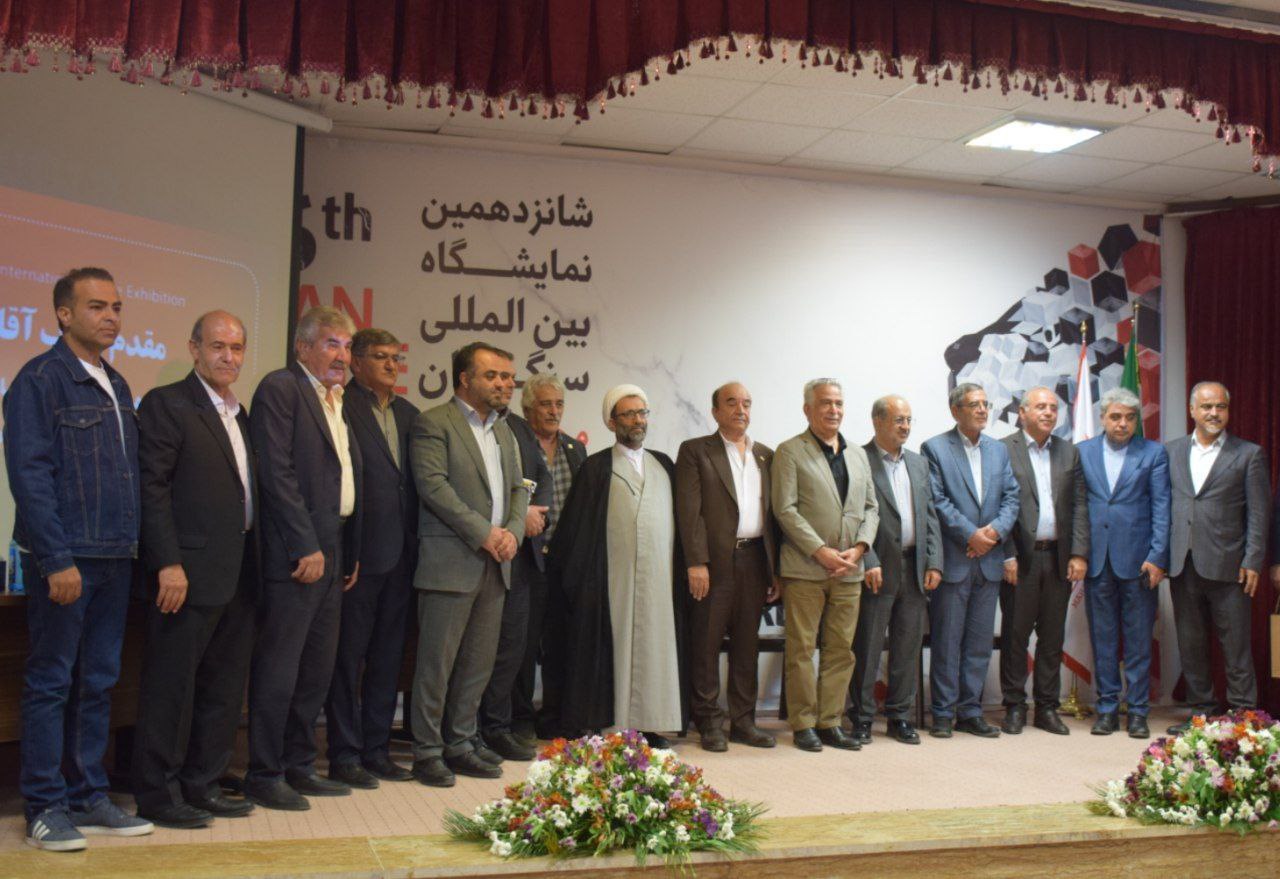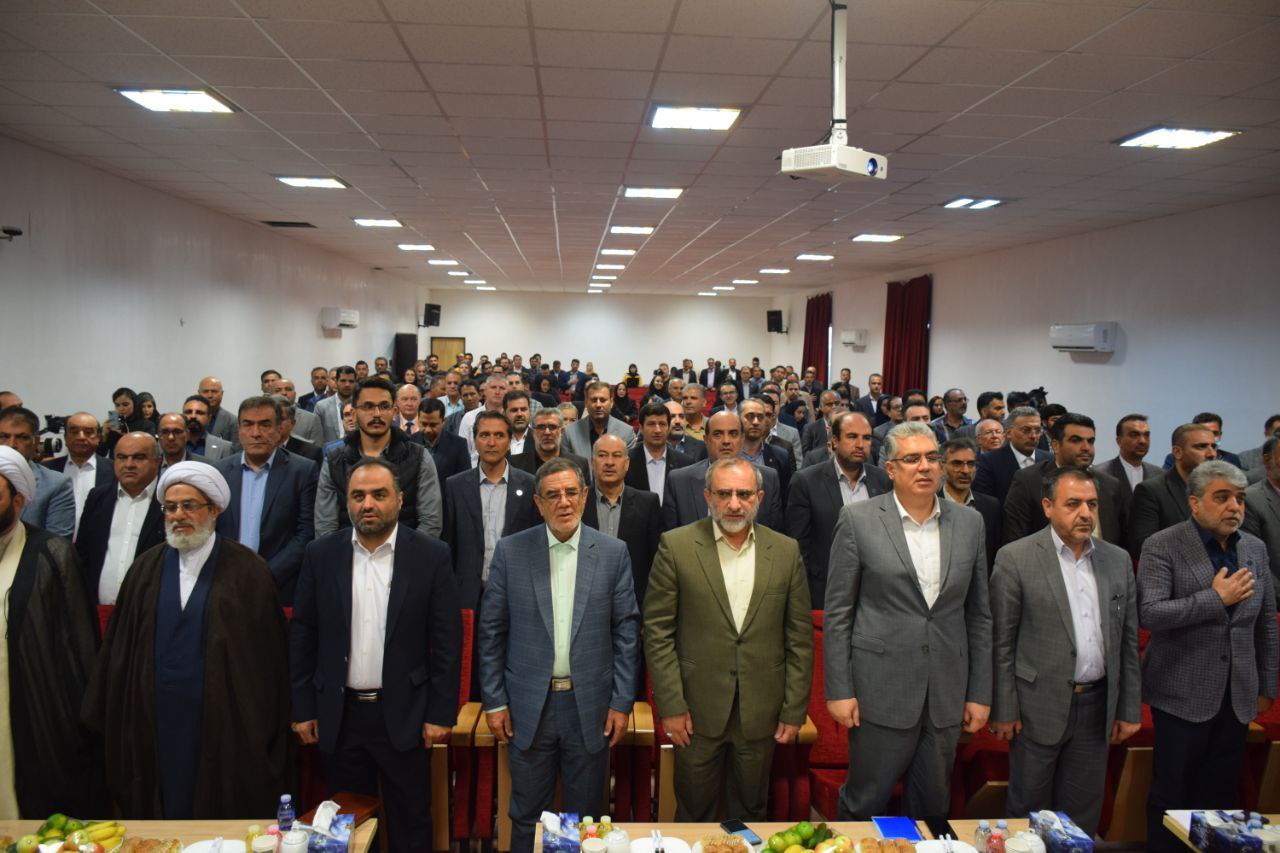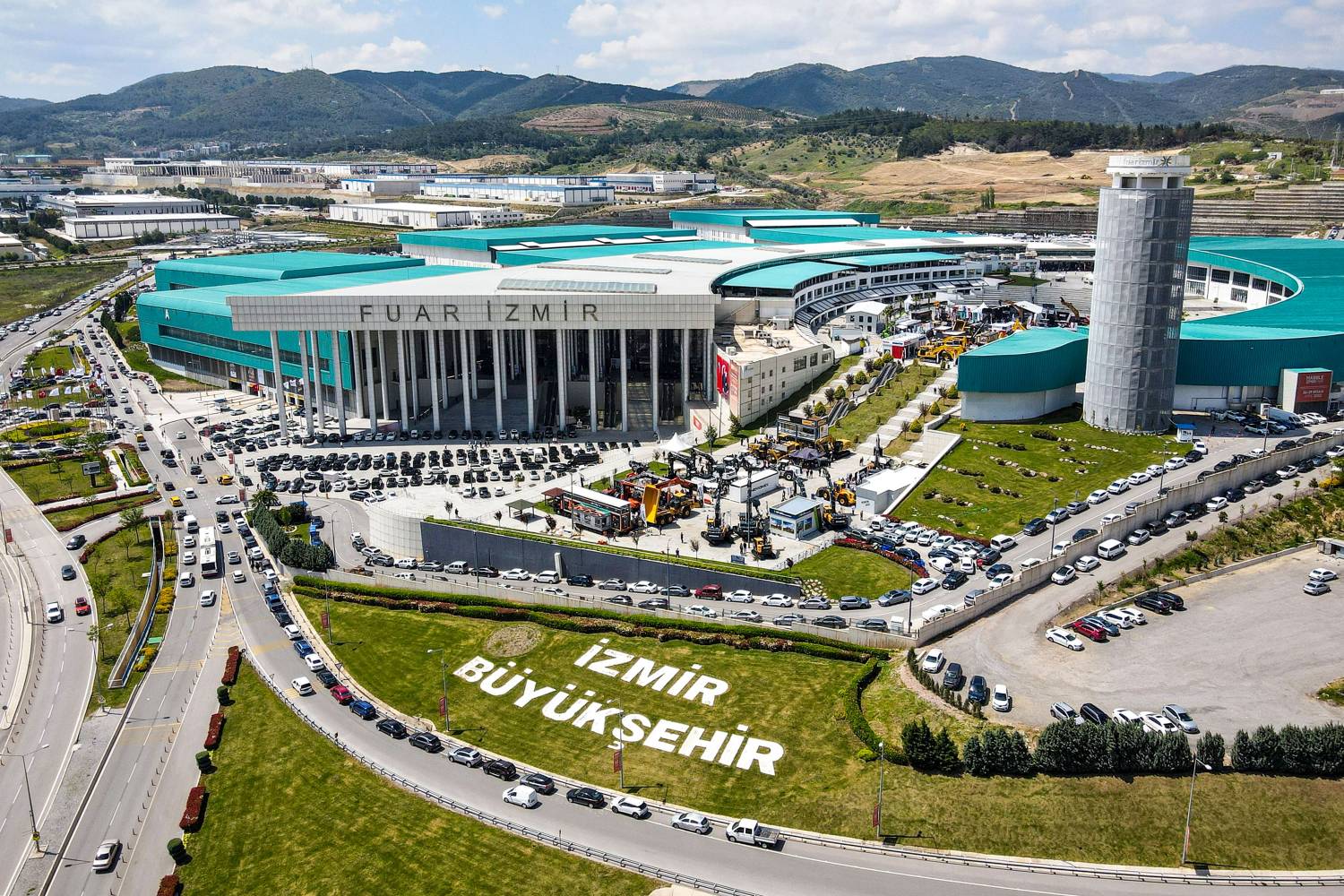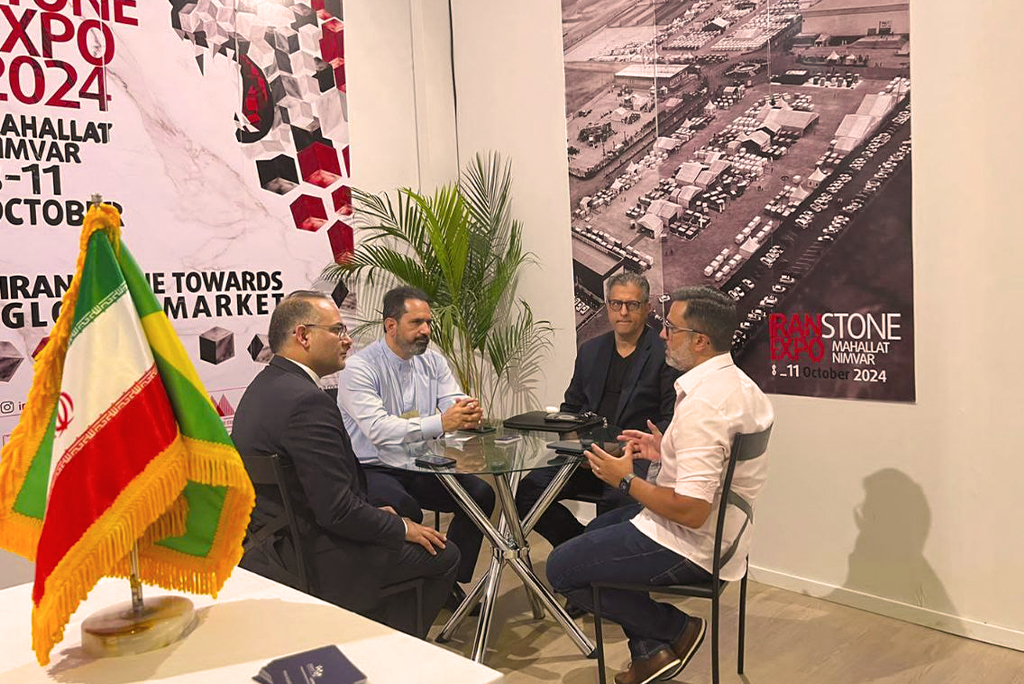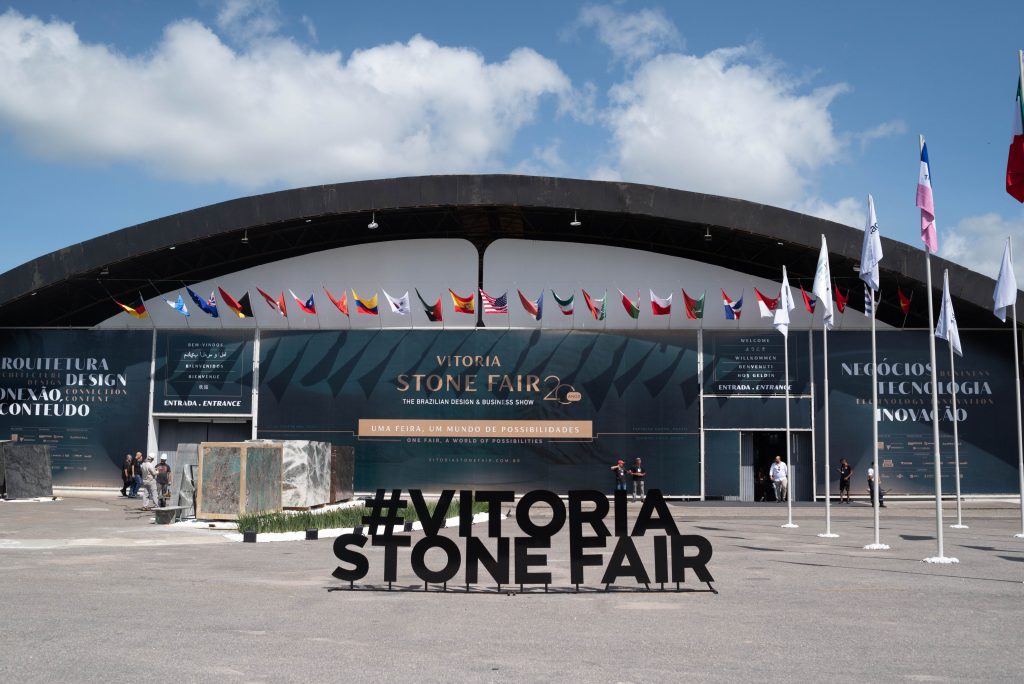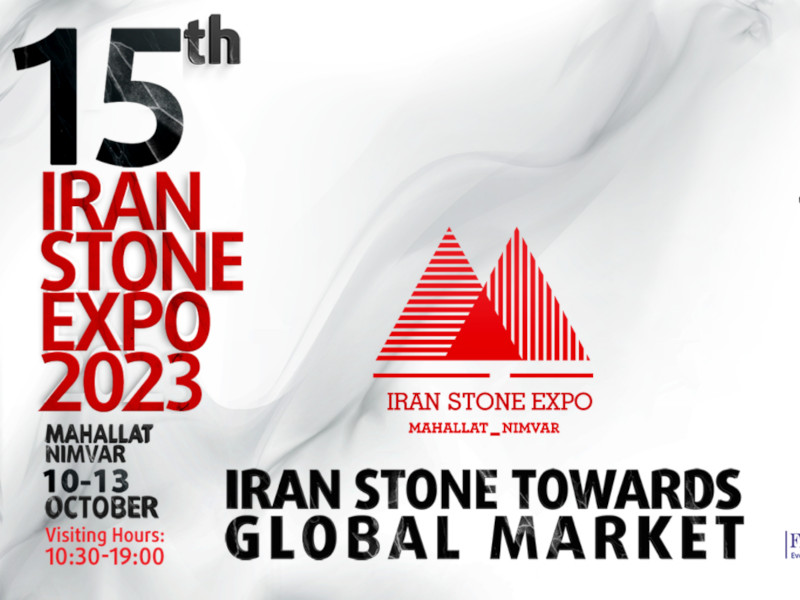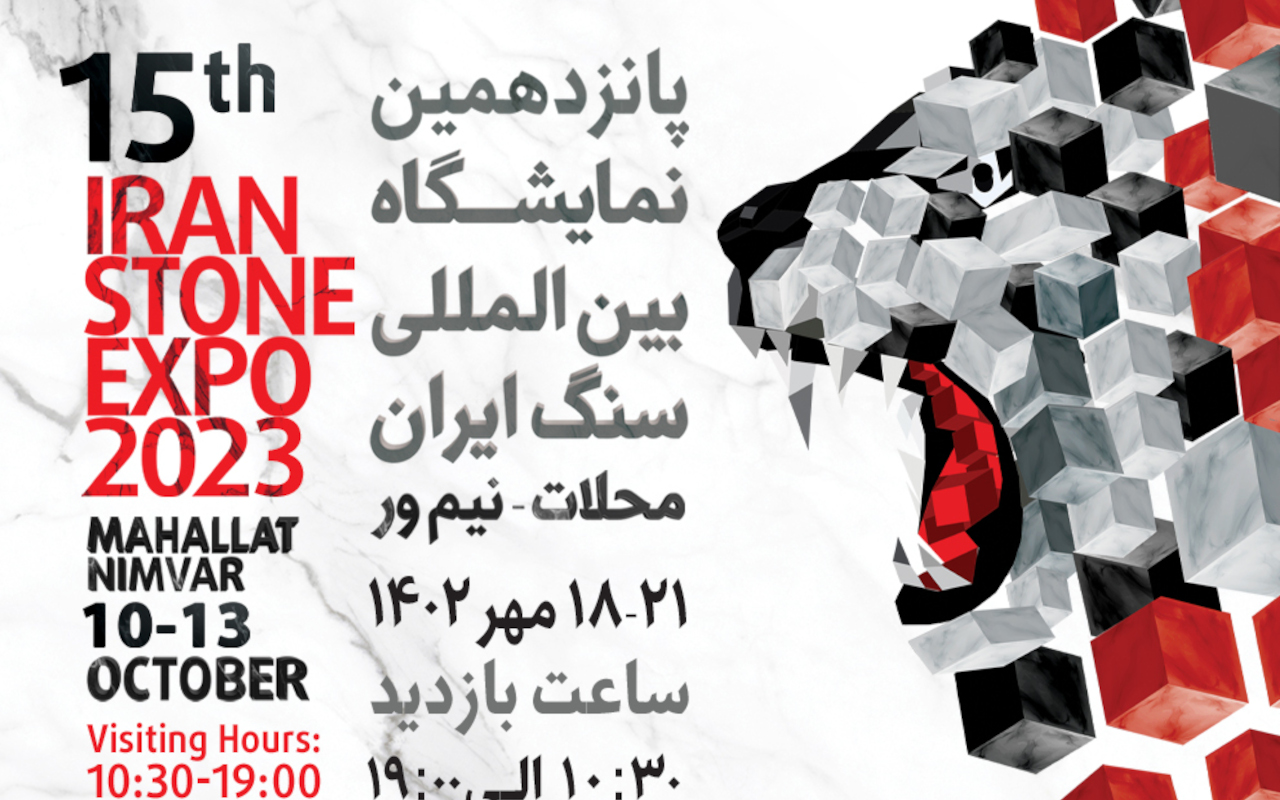Increasing productivity, the axis of building stone exports
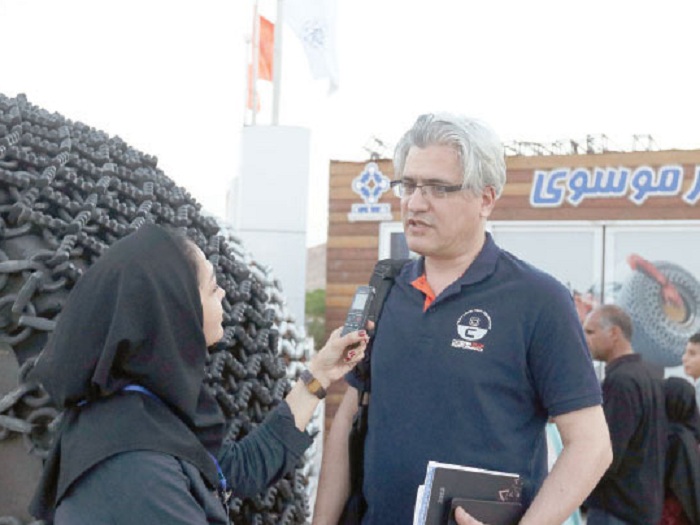
Export activist and international stone consultant: Most mining and manufacturing complexes do not have sufficient incentive to enter the export market. In this way, people who do not have the necessary qualifications make the most of the position and some of them, under various headings, willingly or unwillingly, weaken the self-confidence of the Iranian stone industry.
According to the Iran International Stone Exhibition, the stone industry has long been in a state of shortage with a relative stagnation in the construction market, and its production has taken a conservative and declining path. The production units of this industry in the two main parts of the mine and the factory are facing problems of cost, working capital and labor shortage.
Examining the supply and demand situation in the domestic and international market, considering the construction process and the multiplicity of personal and government development projects, leads us to the direction that the best strategy for staying in the competitive environment is to increase productivity. Siamak Akhtari, an export activist and international consultant in the field of stone, explained in detail in the following interview:
What is the situation of the country's building stones market?
In the macroeconomic policies of the country, attention has often been paid to oil-centeredness, hence the mines and in particular the mines of building stones have not been considered as they should have been and may not have been developed. The building stone market has experienced an accumulation of production and confusion in the building stone industry at a time of declining construction or crises such as Covid 19. When actors in this field face accumulation of production and lack of demand, they often turn to exporting their product to neighboring countries that do not have a high standard of consumption. Although there are criticisms of the cheap sales of these people, but it should be noted that this is a good way to turn the wheel of production and in fact in the conditions of sanctions and internal recession is a good way to keep production alive. On the other hand, most production units do not have the necessary targeting and preparation to respond to export markets, because they are not organized for this important task and do not have the necessary capacity.
What strategy should stone field activists consider to survive?
Although sometimes the hot atmosphere of the domestic market and the increase in consumption have led to the attraction of capital, registration of mines and the establishment of processing factories in the field of stone, but the structure of mining and factory management in this field is such that suppliers of similar stones are numerous in the market. It gets very hard. Accordingly, stone activists have to change their strategy and improve their course by focusing on productivity in order to survive. If we examine the statistical situation of successful companies in stone export, we find that groups that have achieved productivity growth have also been successful in the same conditions of sanctions; Therefore, poor infrastructure or lack of machinery is not the key problem of our miners, but the main issue in this field is productivity. In fact, we have to accept that the country's stone mines have the problem of poor productivity, which can be taken positive steps to increase productivity by applying grammatical measures, such as requiring the stone to be slate in a hexagonal shape. The bitter truth of Iranian stone industry activists and organizations in the current situation is little knowledge of export markets. Most mining and manufacturing complexes do not have sufficient incentive to enter the export market. In this way, people who do not have the necessary qualifications make the most of the situation, and some of them, under various headings, willingly or unwillingly, weaken the self-confidence of the Iranian stone industry. This has led to a misinterpretation of the stone industry approach, leaving mining companies and factory owners dissatisfied with the water and reluctant to organize exports and develop productivity.
What is the role of trade unions in the growth of the stone field?
One of the tasks of the trade unions is to sound the alarm and negative events for the trade union family as a watchdog with a view to the future. Before reaching a crisis, they should warn economic actors in the field of stone to go beyond traditional practices, systematize and research, and have up-to-date information so that they can best identify and follow up on their trade union concerns. The role of organizations has been stretched, but there is still the problem of weak trade union cohesion in the country; For example, the National Iranian Stone Association was supposed to be established in a coherent manner, which has been subject to the passage of time and, unfortunately, has not yet been formed. Let us not forget that trade union cohesion makes it possible to qualitatively express rational demands within the framework of national interests, relying on the consensus and social wisdom of the stone industry family. Sometimes, due to the weakness of trade union cohesion, we see the unbalanced penetration of stray capital exclusively or the artificial increase in the price of some stones, while all these cases can be solved by systematizing the organizations and control by the responsible authorities. With the formation of organizations, we can see the balance of supply and demand in the market and form a stable economy in favor of the development of Iran's stone industry.
Some people believe that the export of raw stone introduces Iranian stone to the world, what is your opinion?
Until we go to the processing and development of exports, there is no news of the recognition of Iranian stone and we will not see the realization of Iranian stone branding. With the export of coupe (raw) stones, we will definitely lose the chance to compete and enter possible projects. It is good to ask ourselves how much Iranian stone has been introduced to the world in the last few years by the export of coupe stone! Which miner or factory knows where and under what name the exported stone was worked on in the international project! Thus, what is certain is that the Iranian stone industry community must move towards exports and processing growth. This macro policy is wise and rational and should be considered as a macro strategy of the country.
How should the building stone industry family achieve its goals and what solutions do you suggest?
The policy of refraining from selling raw materials is an accepted principle all over the world. Developed countries are looking for cheap energy and manpower, so they set up production plants in less developed countries and reduce their costs. It is natural that competition in the economy requires this. Our producers and economic actors must also move in a way that maximizes the absolute advantage of production in the country. In this regard, supporting the production of domestic machinery with the help of knowledge-based companies and supporting the country's scientific elite with the axis of reverse engineering in the processing industry is one of the important issues that should be pursued by politicians and economic activists. One of the important issues in the Iranian stone industry is that those in charge of introducing Iranian stone in the world, sometimes do not have enough motivation to develop exports and market. Most cross-sectional encouragement from the domestic hot market has left insufficient incentives to spend and enter target markets. Another case is monitoring the situation of competitors in the markets of target countries. In fact, by doing so, economic actors realize their physical presence in the market and approaching the end consumption corridors. Today, the era of sending photos to customers to attract them is over. Stones have a chance to enter international projects that prove themselves qualitatively and quantitatively. To survive in difficult economic conditions, Iran's stone industry must be able to prepare for further challenges. Our country has no problem entering the export markets in terms of resources, efficient manpower and production technology. It is hoped that by systematizing and organizing units and export management, we will see the entry of Iranian stones with the name of Iran into the target export markets in the world.
